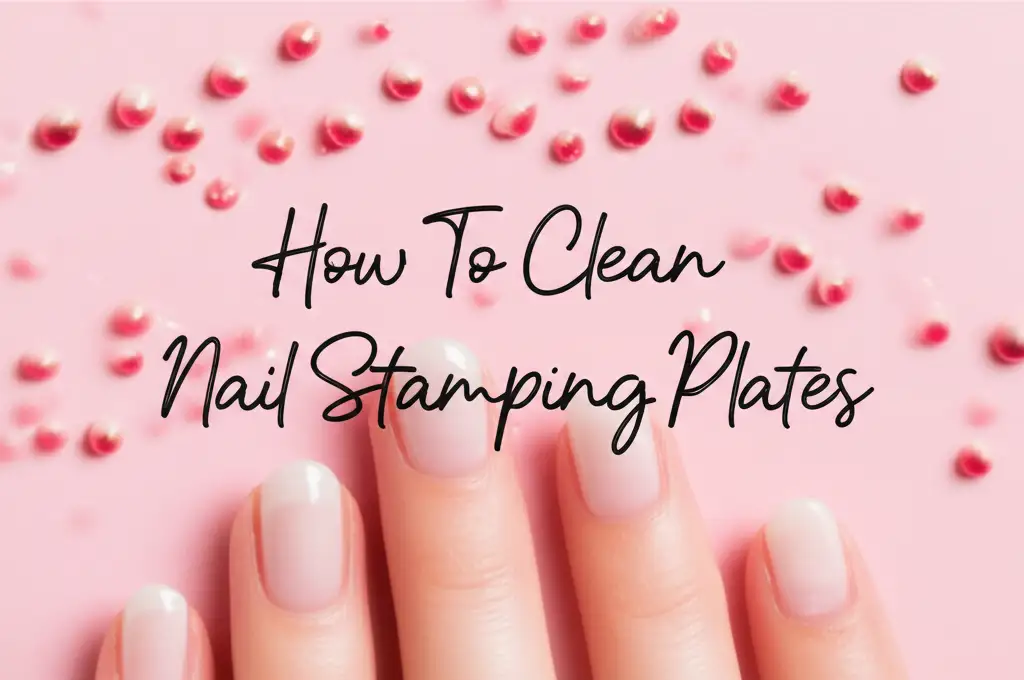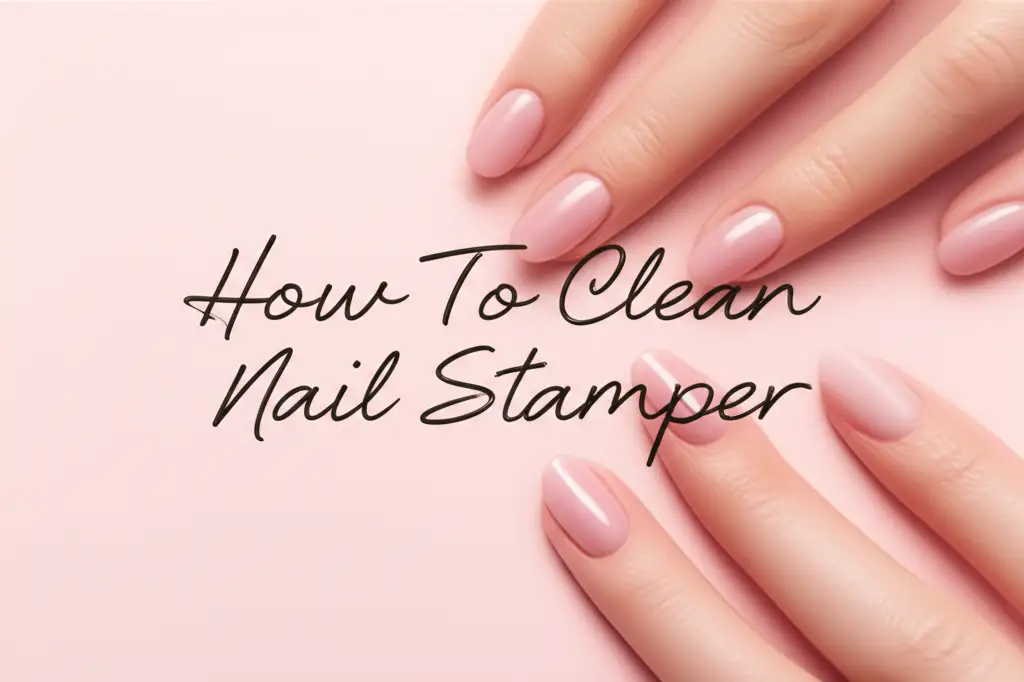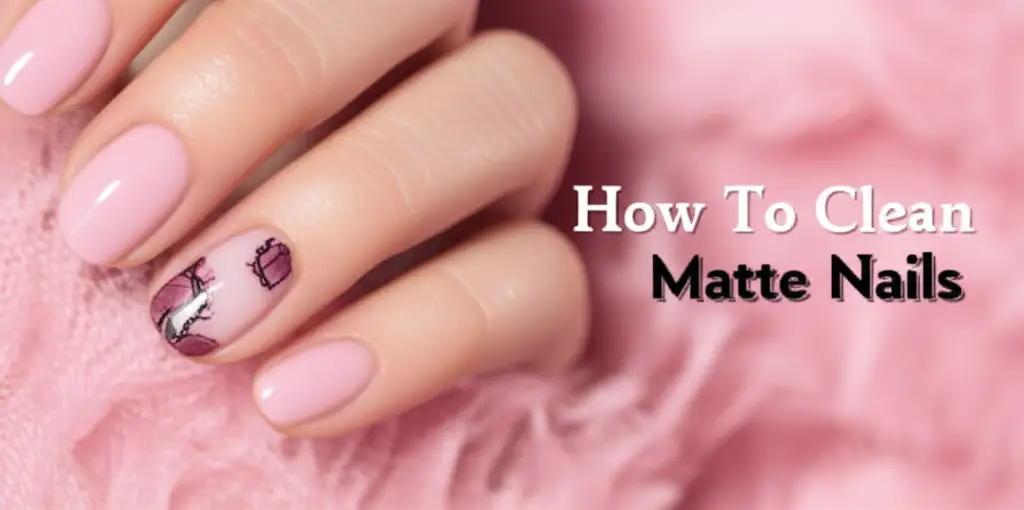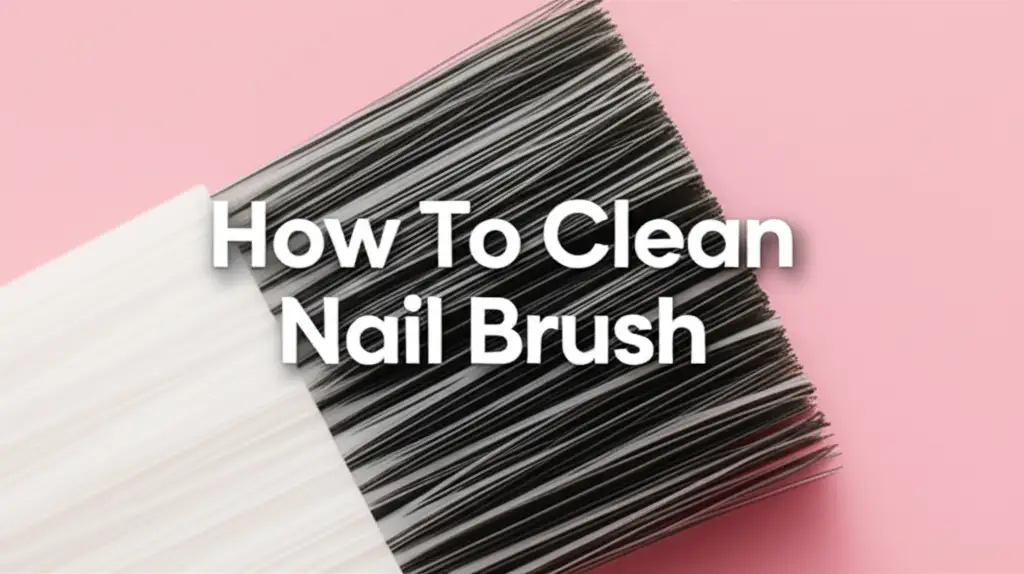· Nail Care · 15 min read
How To Clean Acrylic Nail Brushes
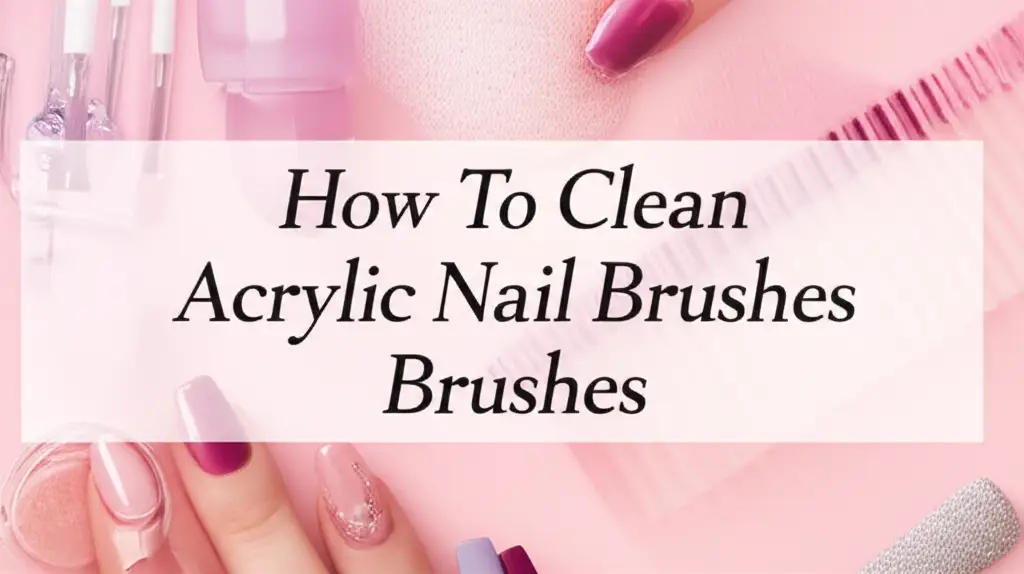
How To Clean Acrylic Nail Brushes Effectively
Ever wondered why your acrylic nail applications sometimes do not look as smooth or polished as you hoped? The answer often lies with your tools. Dirty brushes can ruin a perfect set of nails. They also shorten the lifespan of your valuable tools and can even spread germs.
Learning how to clean acrylic nail brushes properly is a game-changer. It ensures flawless application every time. Good cleaning habits also make your brushes last much longer. This guide will walk you through the importance of brush hygiene. We will cover essential tools, step-by-step cleaning methods, and common mistakes to avoid. I will also share tips for maintaining your brushes for future use. Get ready to master the art of brush care.
Takeaway
- Use the Right Cleaner: Always choose a cleaner suitable for your brush type (monomer or specialized solution).
- Clean Immediately: Remove product residue from bristles right after each use.
- Gentle Technique: Swirl and press, do not pull or scrub aggressively.
- Reshape and Protect: Always reshape bristles and use a brush guard before storing.
- Avoid Acetone: Do not use acetone on natural hair (Kolinsky) acrylic brushes.
To clean acrylic nail brushes, gently remove excess product using a specialized brush cleaner or monomer. Swirl the bristles gently, press out residue, and carefully reshape them. This practice prevents product hardening and maintains the brush’s intended form and integrity.
Why Cleaning Your Acrylic Nail Brushes Matters So Much
Keeping your acrylic nail brushes clean is not just about neatness. It is crucial for several reasons. Dirty brushes prevent proper acrylic application. Hardened acrylic bits can drag lines or lumps through your fresh powder. This makes your nails look uneven.
Proper cleaning extends the life of your brushes. Acrylic product left on bristles can cause them to harden and fray. This makes the brush unusable over time. Brushes are an investment, so caring for them saves you money. Furthermore, dirty brushes can harbor bacteria. This can lead to nail infections for you or your clients.
Imagine trying to paint a masterpiece with a stiff, clumpy brush. It would be impossible to get a smooth finish. The same idea applies to your nail work. Fresh, pliable bristles pick up monomer and powder correctly. This gives you control for smooth, even beads. A clean brush helps you create beautiful, long-lasting acrylic nails. Without proper cleaning, your skills cannot shine.
Essential Tools for Cleaning Acrylic Brushes
Having the correct tools makes cleaning your acrylic nail brushes simple and effective. You do not need many items. The right supplies protect your brushes and ensure a thorough clean. Let us look at what you need to gather.
First, you need a specialized brush cleaner or fresh monomer. Monomer is the liquid used with acrylic powder. It works well for cleaning brushes right after use. Many brands also offer commercial brush cleaners. These are specifically designed for acrylic residue. You can learn more about general brush cleaning methods, like how to clean makeup brushes with alcohol or how to clean makeup brushes with vinegar, though acrylic brushes require different specific solvents.
Next, you will need lint-free wipes or paper towels. Regular paper towels can leave fibers on your bristles. Lint-free options ensure no fuzz gets stuck in your brush. A small dappen dish is also essential. This small glass container holds your cleaning liquid. It lets you dip your brush without wasting product.
Consider having a brush conditioner or reconditioner on hand. After cleaning, these products can restore softness and pliability. They also help maintain the natural oils in Kolinsky sable brushes. Knowing how to care for your tools helps you clean them more effectively. For example, understanding how to handle delicate materials, like when learning how to clean acrylic without scratching, applies to your brushes too. Also, general cleaning principles for various tools, such as how to clean makeup sponges and brushes, share common elements of gentle care.
Step-by-Step Guide: Cleaning Acrylic Nail Brushes After Each Use
Cleaning your acrylic nail brushes immediately after each use is the most important step for their longevity. Do not wait for the acrylic to harden. Fresh acrylic is easy to remove. Hardened acrylic requires more aggressive cleaning, which can damage bristles. I always clean my brushes right away.
Method 1: Using Monomer
This method is simple and highly effective for daily cleaning. It uses the same liquid you use to build nails.
- Remove Excess Product: Wipe any visible acrylic bead from your brush onto a lint-free paper towel. Gently press the bristles against the towel to release the product.
- Dip in Monomer: Pour a small amount of fresh monomer into your dappen dish. Dip your brush bristles into the monomer. Ensure only the bristles touch the liquid, not the ferrule.
- Swirl and Gently Press: Swirl the brush gently in the monomer. Then, press the brush flat against the bottom of the dish to spread the bristles. This pushes out trapped acrylic.
- Wipe Clean: Wipe the brush thoroughly on a clean section of your lint-free paper towel. You should see colored residue coming off. Repeat the dip, swirl, and wipe steps until no more color or product comes out.
- Reshape and Store: Once clean, gently reshape the bristles with your fingers. Ensure they form a neat point. Store the brush flat or in a brush holder, bristles pointed downwards or straight.
Method 2: Using a Commercial Brush Cleaner
Many brands offer specialized acrylic brush cleaners. These are formulated to dissolve acrylic effectively. Always follow the product’s specific instructions.
- Initial Wipe: Just like with monomer, wipe off any excess acrylic product from your brush.
- Dip and Swirl: Pour the brush cleaner into a dappen dish. Dip the brush bristles into the cleaner. Swirl and gently press the brush against the dish bottom.
- Clean and Repeat: Wipe the brush on a lint-free towel. Continue dipping, swirling, and wiping until the brush is completely clean. The liquid should remain clear, and no residue should appear on the towel.
- Rinse (If Required): Some cleaners may require a quick rinse with water. Check your product’s instructions. If rinsing, ensure the brush is completely dry before storage.
- Reshape and Store: Reshape the bristles into their original form. Then store the brush properly to protect the shape. Regular cleaning helps prolong the life of your nail tools, much like proper care extends the life of other items such as how to clean paint brushes and rollers.
Deep Cleaning Acrylic Nail Brushes for Stubborn Buildup
Sometimes, regular cleaning is not enough. You might find your acrylic nail brushes have hardened spots or stubborn buildup. This often happens if acrylic dries in the bristles. Do not despair; deep cleaning can often save them. This process takes a little more time and care.
First, identify the hardened areas. These will feel stiff and look opaque. You need a suitable solvent. For natural hair (Kolinsky) brushes, stick to specialized non-acetone brush cleaners. Acetone can dry out and damage natural bristles. If you have synthetic brushes, a very diluted acetone solution can be used with extreme caution. However, I generally advise against acetone for any acrylic brush if a specialized cleaner is available. Using specific cleaning solutions is key, similar to how particular solvents are used for tasks like how to clean paint brushes with mineral spirits.
To start, pour a small amount of your chosen brush cleaner into a dappen dish. Dip only the hardened bristles into the liquid. Do not let the liquid touch the ferrule (the metal part). Soaking the ferrule can weaken the glue that holds the bristles. Let the brush soak for a few minutes. The exact time depends on the cleaner and the severity of the buildup. For minor buildup, a few minutes is enough. For very stubborn cases, you might need 10-15 minutes. Watch the brush carefully during this time.
After soaking, gently try to work the bristles. Use your fingers to massage the hardened product out. You can also press the brush against the bottom of the dish. This helps to dislodge stubborn bits. If the acrylic is still very hard, repeat the soaking process. Be patient and gentle. Aggressive scrubbing or pulling can damage the bristles. You are trying to dissolve the product, not rip it out. Once the product loosens, wipe the brush thoroughly on a lint-free towel. Repeat until all residue is gone. Finally, condition your brush. Apply a small amount of brush conditioner or cuticle oil to the bristles. This restores moisture and softness. Gently reshape the bristles and let the brush air dry completely before storing it. Cleaning other specialized tools, like a how to clean glass nail file, also requires careful attention to material to avoid damage.
Common Mistakes to Avoid When Cleaning Nail Brushes
Proper cleaning techniques ensure your acrylic nail brushes last a long time. However, certain mistakes can ruin them quickly. Being aware of these pitfalls helps you avoid costly damage. I have learned these lessons myself over time.
One of the biggest mistakes is using acetone on natural hair (Kolinsky) acrylic brushes. Acetone is a harsh solvent. It can dry out and strip the natural oils from Kolinsky sable bristles. This causes them to become brittle, splayed, and eventually break. Always use non-acetone brush cleaners or fresh monomer for natural hair brushes. If you have synthetic brushes, a very diluted acetone solution might be okay for stubborn spots, but it is still risky.
Another common error is soaking the entire brush, especially the ferrule. The ferrule is the metal band that connects the bristles to the handle. It typically has glue inside that holds the bristles in place. Soaking the ferrule in liquid can dissolve this glue. This leads to bristles falling out. Always dip only the bristles into your cleaning solution. Keep the ferrule and handle dry.
Not cleaning your brushes immediately after use is another major mistake. Acrylic hardens quickly when exposed to air. Once it hardens, it becomes much harder to remove. This forces you to use harsher methods or longer soaking times. Such methods can damage the brush. Get into the habit of cleaning your brush as soon as you finish your nail application. This simple step saves your brushes from irreparable harm. It also helps with cleaning other acrylic-based tools, similar to learning how to clean acrylic paint palette.
Improper storage also harms brushes. Do not store brushes bristles-up in a cup. This allows dust to collect on the bristles. It can also cause any residual moisture to seep down into the ferrule. Storing them bristles-down can bend or splay the tips. The best way is to store them flat or in a brush roll. Make sure the bristles are protected. Also, avoid pulling or tugging at the bristles during cleaning. This can weaken their attachment and cause them to break or fray. Gentle swirling and pressing are sufficient.
Maintaining Your Acrylic Brushes for Longevity
Cleaning your acrylic nail brushes is the first step. Proper maintenance ensures they stay in top condition for years. A well-maintained brush performs better and saves you money. Think of it as investing in your craft. I always take these extra steps to keep my brushes perfect.
Proper storage is incredibly important for brush longevity. After cleaning and reshaping, ensure your brushes are completely dry. Then, store them flat. Many nail technicians use brush rolls or cases designed to keep brushes flat and protected. You can also store them in a drawer, lying flat, with a brush guard over the bristles. A brush guard is a mesh tube that slips over the bristles. It helps them keep their shape and prevents splaying. Avoid storing brushes bristles-up in a cup. This can lead to dust accumulation and splayed tips. Avoid storing them bristles-down as well, as this can bend the tips.
Regular conditioning is another key to extending brush life. Natural hair (Kolinsky) brushes benefit greatly from conditioning. After a deep clean, or even periodically, apply a small drop of specialized brush conditioner or high-quality cuticle oil to the bristles. Gently work it through with your fingers. This restores moisture and keeps the bristles pliable and soft. It also prevents them from becoming brittle or breaking. Just like human hair, natural brush hair needs nourishment. This step is often overlooked but makes a significant difference.
Finally, know when to replace a brush. Even with the best care, brushes do not last forever. If your brush constantly splays, loses its point, or has broken bristles, it might be time for a new one. A damaged brush will hinder your application. It can make acrylic work frustrating. Replacing a worn-out brush is not a failure of care. It is a smart decision for maintaining the quality of your nail work. Investing in a good brush and then taking care of it through cleaning and maintenance will pay off.
Choosing the Right Cleaner for Your Acrylic Brushes
Selecting the appropriate cleaner is fundamental for the health and performance of your acrylic nail brushes. Not all cleaning solutions are created equal, and using the wrong one can cause irreversible damage. Your choice should depend mainly on the type of brush you own. I always consider the brush material before picking a cleaner.
For natural hair brushes, specifically Kolinsky sable brushes, fresh monomer is often the best and safest daily cleaning option. Monomer is designed to interact with acrylic powder. It effectively dissolves unhardened acrylic without stripping the natural oils from the bristles. This helps the bristles remain flexible and maintain their sharp point. If you do not have fresh monomer readily available, many brands produce specialized “non-acetone” brush cleaners. These are formulated to be gentle on natural hair. They work by breaking down the acrylic residue without the harshness of acetone. Always check the label to ensure it is suitable for natural hair.
Synthetic brushes, made from nylon or other synthetic fibers, are more resilient. They can sometimes tolerate a very diluted solution of acetone for stubborn, hardened acrylic. However, this should be a last resort and used with extreme caution. Acetone can still dry out and stiffen synthetic bristles over time. For daily cleaning, non-acetone specialized brush cleaners are still preferred. They are safer and extend the brush’s life. Think about how careful you are when cleaning other acrylic items, such as following tips for how to clean acrylic without scratching. The same level of care applies to your brushes.
When choosing a commercial brush cleaner, look for products specifically marketed for acrylic brushes. Read reviews and consider professional recommendations. Some general makeup brush cleaners or harsh solvents are not suitable. They might contain ingredients that harm the bristles or the ferrule. A good cleaner will dissolve acrylic effectively while preserving the brush’s integrity. Remember, the goal is to clean without causing damage. The right cleaner ensures your brush remains a precise tool for flawless nail art.
FAQ Section
Q1: Can I use acetone to clean acrylic nail brushes?
You should avoid using acetone on natural hair (Kolinsky sable) acrylic nail brushes. Acetone strips natural oils from the bristles, making them brittle and causing damage. For synthetic brushes, a highly diluted acetone solution might be used cautiously for hardened acrylic as a last resort, but it is still risky. Always use monomer or a specialized non-acetone brush cleaner.
Q2: How often should I clean my acrylic nail brushes?
You should clean your acrylic nail brushes immediately after every single use. This prevents acrylic product from hardening in the bristles, which is much harder to remove. Regular, immediate cleaning extends the life of your brushes and ensures consistent, smooth acrylic applications. Deep cleaning might be needed less frequently, perhaps monthly, for stubborn buildup.
Q3: My brush bristles are hardened. Can I save it?
You might be able to save a brush with hardened bristles, especially if the buildup is recent. Try a deep cleaning method using a specialized non-acetone brush cleaner. Soak only the bristles in the cleaner for several minutes. Gently massage and press the bristles to release the hardened acrylic. Patience is key. If the bristles are severely splayed or broken, replacement might be necessary.
Q4: What is the best way to store acrylic nail brushes?
The best way to store acrylic nail brushes is flat, in a brush roll, or in a case designed to protect their shape. You can also use a brush guard (a mesh tube) over the bristles. This prevents dust accumulation and keeps the bristles from splaying or bending. Avoid storing them bristles-up in a cup or bristles-down.
Q5: Can I use soap and water to clean acrylic nail brushes?
Soap and water are not ideal for cleaning acrylic nail brushes. They do not effectively dissolve acrylic product. Water can also swell wooden handles and potentially loosen the glue in the ferrule. While some gentle soaps might be used for conditioning after cleaning with monomer, they are not primary cleaning agents for acrylic residue. Stick to monomer or specialized brush cleaners.
Q6: How do I reshape my acrylic nail brush?
To reshape your acrylic nail brush, gently press the clean, damp bristles between your thumb and forefinger. Work from the ferrule towards the tip. Gently form the bristles back into their original pointed shape. You can also gently roll the brush tip against a lint-free towel to fine-tune the point. This step is crucial before drying and storage.
Conclusion
Keeping your acrylic nail brushes impeccably clean is a fundamental practice for any nail enthusiast or professional. It is not just about hygiene; it is about extending the life of your valuable tools and ensuring every nail application is flawless. By consistently performing proper cleaning acrylic nail brushes, you safeguard your investment and enhance the quality of your work.
We explored why cleaning matters, the essential tools you need, and detailed step-by-step methods for both daily and deep cleaning. We also covered common mistakes to avoid, like using acetone on natural hair brushes or improper storage. Finally, we discussed ongoing maintenance tips to keep your brushes performing at their best. Remember, a clean brush is a happy brush, and a happy brush creates beautiful nails. Make these cleaning habits part of your routine. Your nails and your brushes will thank you. Start today and see the difference a clean brush makes!
- acrylic nail brushes
- nail brush cleaner
- brush maintenance
- nail art tools
- professional nail care
- DIY nail cleaning

